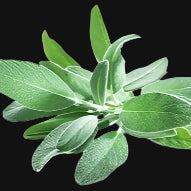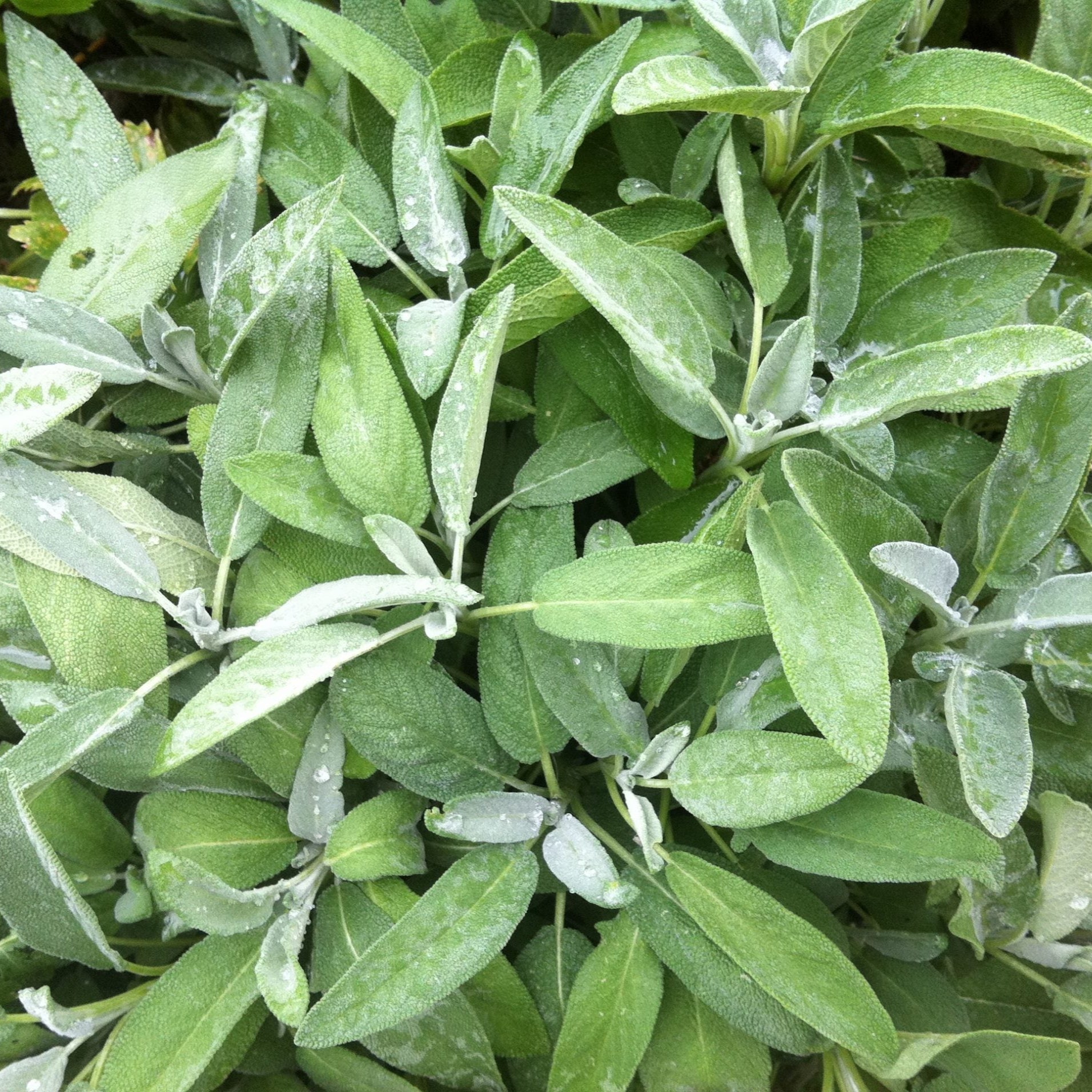
Culinary Sage
A hardy perennial herb prized for its fragrant grey-green leaves and rich, earthy flavour. Commonly used in roast dishes, soups, and herbal teas, this versatile herb can be harvested fresh or dried for long-term storage.
Sage thrives in well-drained soil and full sun, requiring little water once mature. Initially, plants should be kept moist until established, after which they become highly drought-tolerant. Its attractive foliage and delicate purple flowers also make it a great ornamental addition to herb gardens, borders, and pollinator-friendly landscapes.
Where Can You Grow Culinary Sage?
Sage grows well in Zones 4-9, preferring full sun and dry, well-drained soil. It is well-suited for raised beds, garden borders, and container gardening, making it an excellent choice for small spaces and kitchen gardens.
History and Historical Uses
Native to the Mediterranean, sage has been cultivated for centuries for culinary, medicinal, and spiritual purposes. Traditionally, it was valued for its antioxidant and anti-inflammatory properties, as well as its use in preserving food. Today, it remains a staple herb in European, Middle Eastern, and North American cuisines.
Canadian Zone Information
Zones 8-9: Direct sow in autumn or early spring for early growth.
Zones 5-7: Start seeds indoors in late winter or direct sow in spring after the last frost.
Zones 4: Direct sow in spring or mulch heavily to protect plants over winter.

How to Grow and Harvest Culinary Sage
- Planting: Sow seeds 3mm (1/8in) deep, spacing plants 30-45cm (12-18in) apart.
- Watering: Keep soil lightly moist until plants establish; reduce watering once mature.
-
Harvesting:
- Pick leaves as needed, choosing young, tender leaves for the best flavour.
- Cut whole stems for drying and long-term storage.
- Maintenance: Prune plants in early spring to encourage bushier growth.
Seed Saving Tips for Future Supply
- Allow to Flower and Seed: Leave some plants to fully mature and set seed.
- Harvest Seeds: Once flower stalks dry, collect and shake out the seeds.
- Dry and Clean: Remove any plant debris and spread seeds on a towel to fully dry.
- Store: Keep seeds in an airtight container in a cool, dark place. Properly stored seeds remain viable for up to 3 years.
Certified Organic By
Islands Organics Producers Association (Cert#1962)
